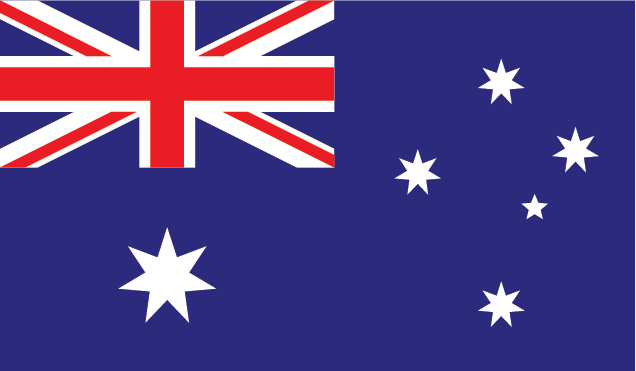All the slippers and wedges – which align the axleboxes in the frames – had to be re-machined to suit the thickness of the frames. The frames had been built up and re-machined to eliminate the results of years of wear in service. Both the slippers and wedges have been shimmed from the frames to create the correct opening width for the axleboxes, and all new retaining and adjusting bolts have been manufactured.
All the axleboxes have been fitted with their Vesconite hub liners, and the overall width of the boxes machined to suit the distance between the wheel hub face and the crank, including the correct clearance. Above, the fit of one of the axleboxes is being checked.
Below, the top of an axlebox is visible, showing the slots machined to accept the spring saddles, and the original oil wells which fed the bearing and the slide faces. We won’t be making use of these as the cellar oil pads for the bearing surfaces will be filled from underneath using quick release couplings, as with all other PBR locomotives. The slide faces will be fed through flexible hoses from oil pots mounted on the engine unit frames.
Above, the axleboxes have been fitted to their respective axle journals, and the wheelsets suitably spaced ready to receive the frames.
Below, the frame site on its wheels over the workshop pit. No suspension has been fitted at this stage; the frames are are spaced off the top of the axleboxes using packing blocks at this stage.
The last photograph shows some of the suspension being trial fitted, including the pony truck spring and the compensating beam below the cylinder. The cylinder rear covers have been bolted on as well, to test fit the slidebars before they are sent for grinding.
The steel angle sections running behind the cylinders from the headstock to the slide bar bracket is the tank support frame, to which the water tanks are bolted.



